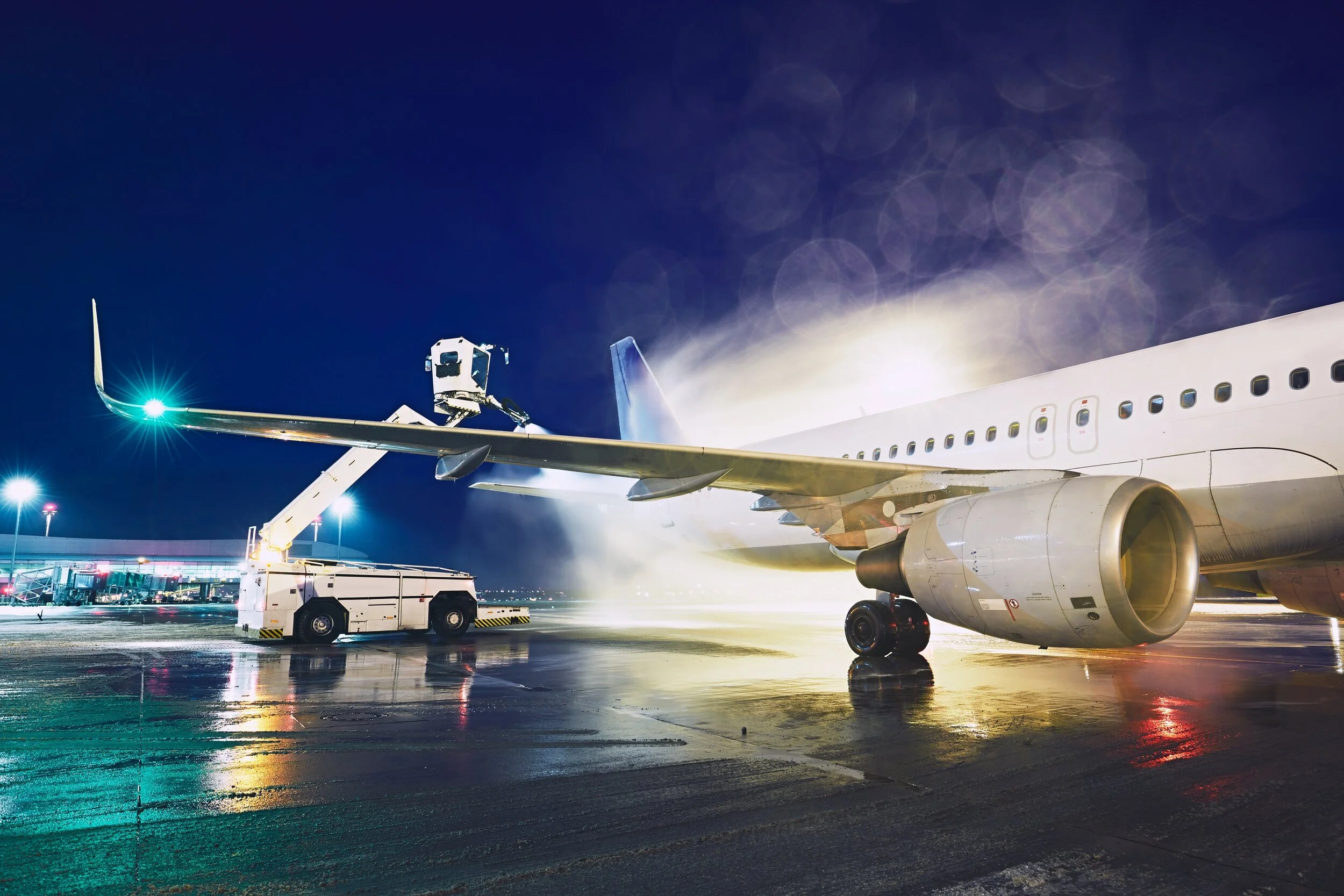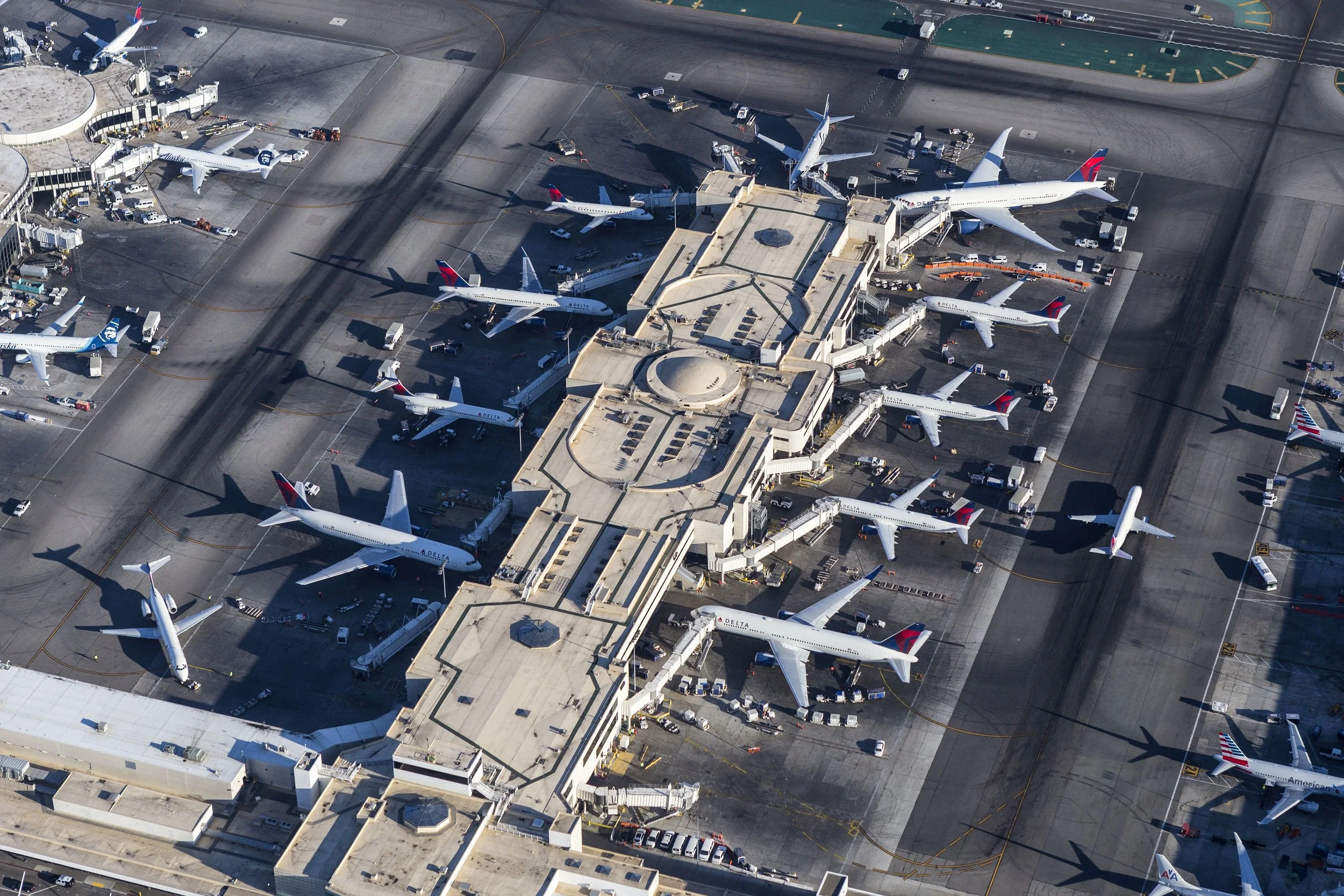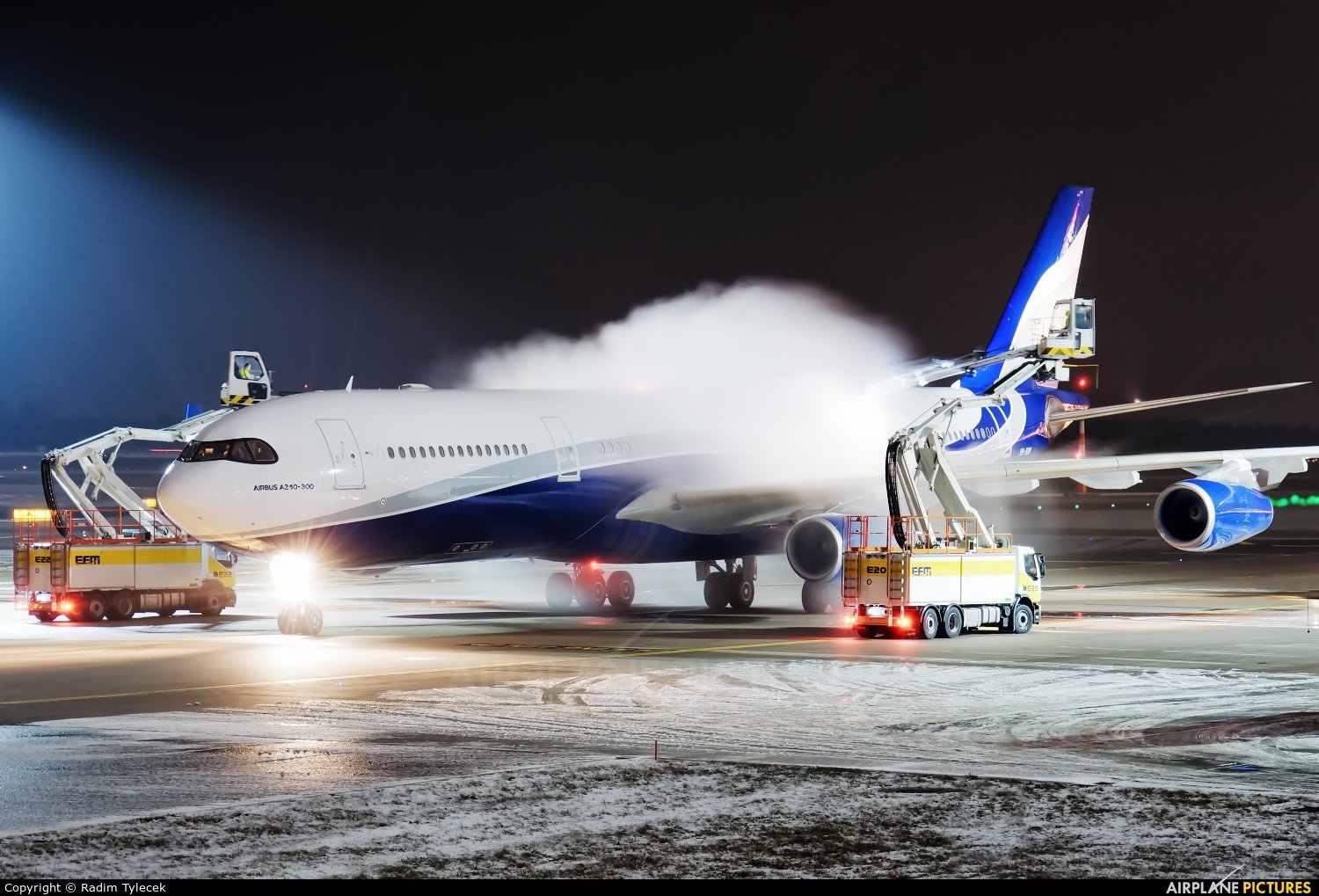Ground Handling Regulations: Finally Facing the Facts
IN CONVERSATION
In this series of articles, ‘In Conversation’, Miles Aviation Consultancy Managing Director and Owner, Simon Miles, explores the world of aviation consultancy; who consultants are, what they can do for you, the value that they can add, and what to watch out for.
After years of discussion, delay, and debate, the ground handling industry is finally stepping into the regulatory spotlight. Two major frameworks are leading this long-overdue shift: the European Union’s EU2025/20 Ground Handling Regulation, effective March 2028, and the UK Ground Handling Regulation, coming into force in November 2026. Both aim to bring mandatory compliance to an industry that, for too long, has operated with minimal oversight.
The timing may feel late, but it’s not surprising. Despite its critical role in aviation safety, ground handling has consistently failed to self-regulate. Airlines, airports, and regulators have tolerated underperformance from too many Ground Handling Service Providers (GHSPs). These new regulations are not just another layer of paperwork; they are a necessary correction to an industry that’s too often turned a blind eye.
We still occasionally audit GHSPs that don’t even have the basics in place to meet the upcoming requirements. Despite best-practice guidance, particularly from IATA via ISAGO, implementation has often been inconsistent, local standards variable, and oversight patchy. For too long now, the idea of a structured, compliant, and professional ground handling operation has remained just that - an idea.
Let’s be blunt: if the industry had genuinely embraced self-regulation, these rules wouldn’t be needed. But the reality is stark; serious safety risks, service quality failures, and inefficiencies have forced regulators to step in.
What Should a GHSP Look Like?
Both the EU and UK regulations define what a compliant GHSP should look like. Heavily based on ICAO Annex 6 and, arguably, influenced by ISAGO principles, they establish a comprehensive standard that brings ground operations in line with the kind of scrutiny already applied to aircraft operators under EU965/2012.
For those that are already familiar with that environment or already operate under ISAGO or similar structured regimes, the transition may be manageable. But for smaller or less formal operators, this will likely represent a major shift and a significant challenge.
Are Airlines Partly to Blame?
These new regulations go beyond systems and documentation; they signal a deeper cultural shift. And it’s not just the GHSPs that need to change.
Frankly, the airlines are often missing or possibly overlooking key areas of compliance within their GHSPs. We’ve seen audit reports undertaken by major international airlines that don’t highlight the significant gaps that we’ve found when conducting our own audits. We have identified clear and large gaps in SMS implementation, weak or non-existent training regimes, poor documentation - and yet no non-conformances were raised during their audit. It’s very worrying.
Why does this happen? Possibly due to lack of in-house expertise, time pressure, or the sheer inconvenience of calling out a strategic partner?
If compliance is to mean anything, airline audits must become meaningful, critical, and thorough. It’s time to stop turning a blind eye. A strong regulatory framework must include competent authorities empowered to enforce with consistency and authority. No more hiding behind the excuse of “in this country we do it differently.” We need a single standard and a consistent interpretation of compliance - no exceptions.
The Challenge for Smaller Players
While large GHSPs are often better prepared, smaller providers may struggle to meet the demands of the new regulations. Implementing an effective Safety Management System (SMS), a quality assurance framework, training systems, and robust internal oversight requires time, expertise, and investment.
Not all will make it. Some will need support - training and guidance to close the gap. But let’s be honest: if a provider can’t meet the minimum safety standards, then maybe it shouldn’t be operating at all.
This may sound harsh, but it’s not about excluding smaller players; it’s about protecting people, aircraft, and operations. These regulations are designed to filter out risk, not competition.
Global Implications
Though the regulations will apply to the EU and UK, their impact will likely go further. Ground handling is global, and airlines require a consistent product across their network. If two of the world's major regulatory regions impose tighter standards, others will likely follow.
Much like how EU965/2012 has shaped thinking around air operator regulation globally, these ground handling regulations may become the model for others. Alignment with ICAO standards already provides the backbone - now it’s time for ground operations to catch up.
We should expect regulatory harmonisation to gain traction. After all, we’re all doing the same tasks with the same aircraft. There is no good reason for radically different standards between regions - only a legacy of inertia and local interpretation.
The Role of Auditors
Auditors and client airlines have a pivotal role in this new regime. It’s time to stop accepting cosmetic compliance and start demanding real evidence of performance. That means asking tough questions:
Are training records complete, current, and competency-based?
Are SMS and occurrence reporting systems functional, not just theoretical?
Is there proper operational oversight and supervision?
Is equipment being maintained to spec, and are checks documented?
These are not bureaucratic hurdles - they’re critical to safe and efficient ramp operations.
The auditing community needs to raise its game. Airlines need to equip and empower their audit teams not just to accurately document compliance, but to challenge it, test it, and ensure it stands up to scrutiny in a fair and objective way. There must be action when change is needed, not ignored or kicked into the long grass.
What If We Didn’t Regulate?
Let’s play this out - what happens if nothing changes?
We continue to see serious incidents that could have been avoided.
GHSPs operate without structured oversight, putting people and aircraft at risk.
Airlines are forced to micromanage third-party operations due to lack of trust and inconsistency of delivery.
Inconsistent service delivery undermines customer experience and brand reputation.
This is a lose-lose scenario. Regulation shouldn’t be seen as bureaucratic red tape, it’s a framework for safety, quality, and reliability. It’s the cost of doing business in a high-risk environment.
Final Thoughts
Most professionals in this industry agree that, fundamentally, we’re all doing the same job. An A320 turnaround is an A320 turnaround - whether in Madrid, Manchester, or Mumbai, there are few, if any, real differences. Although standards like IATA’s AHM and IGOM have pushed this consistency forward, the industry can still be wildly variable in its execution.
We've long talked about professionalism in ground handling. Now we’re being asked to prove it. These regulations may not be perfect, but they’re a significant step forward.
We’ve seen what happens when GHSPs operate without proper systems. We’ve seen airline audits that gloss over glaring non-compliances. We’ve seen regulators allowing local exceptions to undermine global best practice. That must stop.
Compliance should not be viewed as an added burden. It should be the baseline, the default operating condition. Yes, change is hard. Yes, it will take time. But doing nothing is not an option anymore.
One standard. One expectation. One industry. Let’s get to work.
Did you know…
The new EU and UK Ground Handling Regulations will require all GHSPs to implement structured compliance systems—including SMS, quality oversight, training frameworks, and more. At Miles Aviation Consultancy, we're preparing to offer specialist support to help organisations transition smoothly into this new regulatory environment.
Whether you're an airline, airport, or GHSP, we can support you with tailored audits, gap analyses, and bespoke documentation to ensure you're ready for what's coming.
🔍 Explore our services at milesaviation.com or get in touch below to discuss how we can help you stay compliant, competitive, and confident.
















